- Learning time
- 60 minutes
- First play time
- 120 minutes
Nippon
Designed by: Nuno Bizarro Sentieiro,Paulo Soledade
Japan! The country is in the process of turning itself into one of the modern giants of industry via the development of massive corporate businesses (Zaibatsu) and in Nippon, you represent these developing businesses, aspiring to be the most well established at the end of the game… it’s not a game we can fully explain here, but we’ll hit the high spots below:
The board shows Japan broken into four regions, plus some other bits and bobs, the most key of which is the action spaces. At the start of the game these are populated with workers. On your turn you’ll be taking a worker from the main board and placing it into a slot on your smaller personal player board – this represents your company, and it’s also where you track your different types of ‘income’ (money, coal, knowledge) and keep your current stash of money and coal.
The actions are all ways to develop your Zaibatsu further – you’ll be building factories, improving their machinery, running them, and furthering your advances down the coal, money and knowledge tracks. You’ll also be seeing the benefit of all this investment – either by completing contracts (each player starts with 8) or delivering your products to cities on the board, and placing influence tokens there as a result. Contracts reward with victory points and/or money, and influence tokens give both an immediate reward, and victory points during the games’ three scoring rounds.
At some point, though, you’ll either want or have to consolidate – that’s when you gain income from your coal and money tracks, and all your workers return to the general supply. The games catch is that the workers on your player board need to be paid: and every colour of worker will cost you 3000 yen. So the actions you take during play are balanced by how much you need to pay your workforce when consolidating.
Three scoring rounds will award you points for influence in the four regions of the country, and after the third scoring round you also earn points for the condition of your Zaibatsu as well.
The guru's verdict
-
Take That!
Take That!
Very little, although there are ways to mess with each other - keep an eye on what workers your opponent is taking, and where their influence tokens are going on the board.
-
Fidget Factor!
Fidget Factor!
High on a first play, dropping to moderate, then possibly low. It seems like there is a huge amount to consider, but familiarity with the game streamlines it enormously.
-
Brain Burn!
Brain Burn!
Moderate. There's plenty going on, but the game encourages you to stitch the various elements together in the most rewarding possible way, and if someone stymies you then there's usually a Plan B available.
-
Again Again!
Again Again!
The only element of chance in Nippon is the order the workers come out of the bag, but actually that's enough - the game offers a variety of routes to victory anyway.


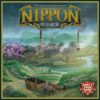
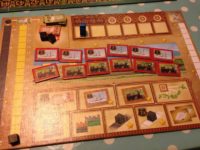
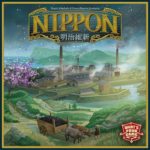
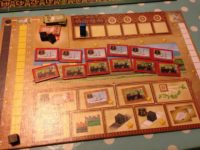


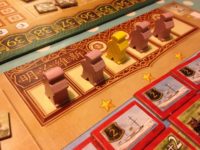





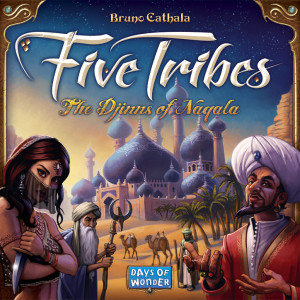

Sam says
The first-play-bump on Nippon is pretty epic: you need to be patient with the rule-book and trust that when you start playing everything will slowly come together. We haven't covered everything above, so be prepared for blueprints and trains, ships, reward tiles and so on. It's a fairly heavy game but what's good about it is that - once you get your head around what you're doing - it plays pretty fast and isn't actually that long. We've put 90 minutes as a kind of default here because with 4 players it will be that. But with two players who know it you could be done in under an hour. It's definitely not a family game in the gang's-all-here, chortling sense, but if you enjoy a strategic and tactical challenge, Nippon ticks those boxes.